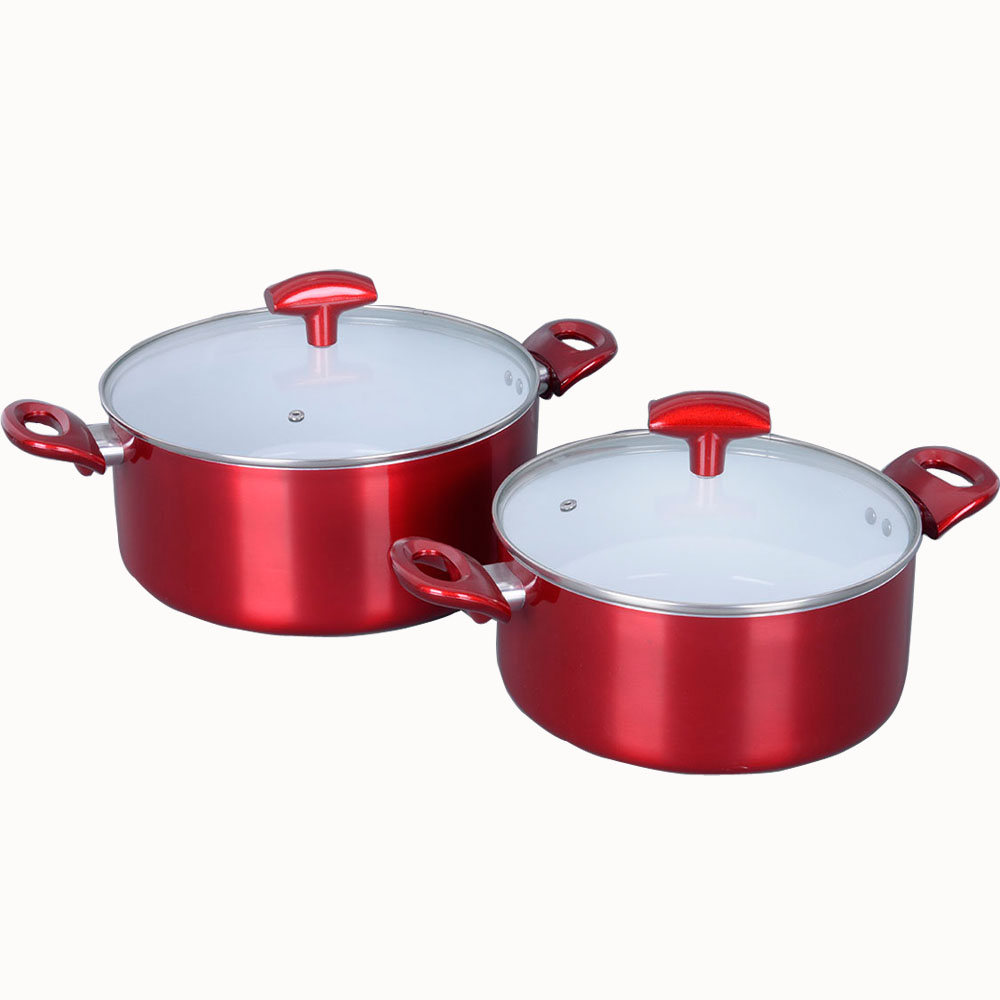The process flow of the flexographic plate making process is as follows: the manuscript film (negative film) is exposed, processed, rinsed, dried, and processed.
1. Originals. The manuscript for flexible printing should have the following characteristics: more colors. However, there are few overprints; no special details are required to be reproduced; the cable is not too high, but color printing can be achieved; packaging can be done online.
2. Film (negative film). In accordance with the needs of plate making, graphic and clear, accurate size and size specifications; with frosted film, film density requirements for the same four-angle film; using film positive word; measured with a transmission densitometer, the density of white bits below 0.06; black density of 3.5 the above.
3. Exposure includes back exposure and main exposure. 1 back exposure. The support film of the photosensitive resin plate is up and the protective film is laid down in the exposure drawer to receive exposure. Ultraviolet light penetrates the support film to cure the photosensitive adhesive layer. In order to establish a stable base, the depth of platewashing can also be controlled, and the binding force between the support film and the photosensitive resin layer can be strengthened. The back exposure time is determined based on the required substrate thickness. 2 main exposure. Also known as front exposure, the photosensitive resin plate is supported with the film facing down and the protective film facing up. Tiling in exposure drawer. The protective film was peeled off once and then the film surface of the film was pasted on the photosensitive resin plate. The vacuum film level 1 woman high-yielding * female A inspection method covered with film (non-membrane vacuum, so that the film and the photosensitive resin layer close together. Ultraviolet light through the vacuum film and the film light transmission part, so that the photosensitive material Partial polymerization curing.The length of the main exposure is determined by the type of the material and the light source strength.If the exposure time is too short, the graphic gradient will be too straight, the lines will be bent, the small prints and small dots will be washed out, otherwise the exposure time will be too long. If you have large and small lines on the same plate, thick and thin lines may be covered with a black film to cover the exposure. Small parts will not be lost due to flushing to ensure plate quality. The main points are shown in Table 1.
4. rinse. The unexposed part is washed and dissolved, leaving the photopolymerized relief. Washing time depends on the thickness of the printing plate and the depth of the impression. If the washing time is too short, the unsensitized resin will remain on the plate, which will affect the plate-making depth. If the plate-washing time is too long, the plate will swell, resulting in deformation of the fine part or Fall off.
5. drying. Remove the wash solvent and return the plate to its original size. Baking temperature between 50-60 °C. The baking time is determined by the thickness of the plate and the length of the plate-washing time, generally two hours thick and one hour thin. Too long baking time and too high baking temperature will make the printing plate brittle and affect the printing life. If the baking temperature is too low, the drying time will be prolonged, the baking time will be too short, and the printing will be rotted. 6. Post-processing. That is, in addition to sticking and post exposure. The photosensitive resin is completely hardened (polymerized) to achieve the required hardness index, and eliminate the tackiness of the printing plate to facilitate ink transfer. The post-processing time was obtained from the test with the aim of not cracking or sticking.
Size: 18 / 20 / 22 / 24 / 26 / 28 / 30 / 32cm
Can be produced by processed aluminum, forged aluminum or die-cast aluminum.
Different thickness can be available
Features:
Durable aluminum construction for long lasting performance
Quality non-stick interior for easy cooking and easy clean up
Ergonomically designed handles for comfort and safety
Vented glass lid to easily monitor food while cooking Oven safe to 350°F;
Dishwasher safe

Sauce Pot,Hard Anodized Sauce Pot,Ceramic Coated Sauce Pot,Non-Stick Sauce Pot
Zhejiang Haoqi Industry And Trade Co.,Ltd. , http://www.anaturekitchen.com